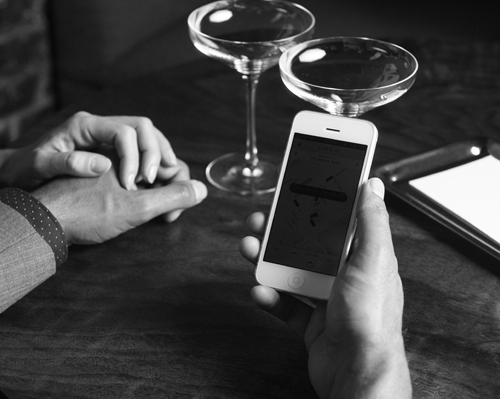Valued at over $18bn, Uber’s app-enabled taxi service has put disruptive ‘convenience tech’ on the map and spawned a myriad of Uber-style businesses.
But what makes Uber tick?
Attack of the Uber-Clones
If you haven’t experienced Uber yet, it works like this. You tap your smartphone screen, and a taxi appears ‘automagically’ – as if by magic.
The Uber app tells you the expected price you’ll pay before you get in, and when you arrive there’s no messing with cash, cards, tips or receipts – the Uber app automatically debits your Uber account and issues a digital receipt.
Uber is all about ‘uber-convenience’, earning the service hero status in the hot emerging category of ‘convenience tech’ – technology that buys you time and saves you effort.
From new on-demand mobile services for marijuana delivery to personal services, medical services and even bodyguards, Uber-style businesses have become the new black in disruptive digital innovation.
Psychology of Convenience
So why is Uber successful?
The simple answer of course is that Uber has a simple psychological appeal – it promises to buy us time and save us effort. We have limited time and limited effort to give – and neither should be wasted on taxis. In this way by offering convenience, Uber becomes more attractive because it ‘costs’ us less – not in money, but in time and effort – the other two costs associated with every transaction.
By reducing time and effort costs, Uber delivers better value – without reducing the price.
However, Uber does more than deliver convenience as a simple service attribute, it delivers convenience across every customer touch-point. Specifically, Uber taps into convenience research that has identified five specific opportunities for convenience tech to buy people time and save them effort. And Uber delivers on every count.
- Decision Convenience – Making it fast and easy to choose
- Access Convenience – Making it fast and easy to acquire
- Transaction Convenience – Making it fast and easy to pay
- Benefit Convenience – Making it fast and easy to enjoy/use
- Post-Benefit Convenience – Making it fast and easy to re-purchase
Finally, Uber understands that convenience is not just about saving physical effort and time, but it’s also about saving mental time and effort. Some experiences are mentally inconvenient because they take mental time and effort to process emotionally and cognitively.
Uber makes its taxi service emotionally convenient by giving passengers a VIP experience and bragging rights – it’s an emotional no-brainer. And from a cognitive – rational – point of view, Uber delivers too, with a clear value promise that they will save you precious time and effort. Again, it’s fast and easy.
Uberfication of Everything
So when you look at Uber, what you should see is not a taxi app, but a blueprint for how to do ‘convenience tech’. Sure, the success of Uber is partly due to business model innovation, deep pockets and smart technology, but the real genius of Uber lies in a deep understanding of convenience – what it is and why it matters.
That’s what Uberfication is all about; pivoting your business to deliver on a core under-exploited consumer need – convenience. The Uberfication taxi is about to leave for your digital destiny; it’s time to jump in.






